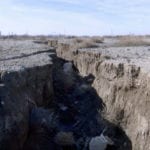 Technology
Technology  Technology
Technology  Our World
Our World 10 Ways Icelandic Culture Makes Other Countries Look Boring
 Misconceptions
Misconceptions 10 Common Misconceptions About the Victorian Era
 Mysteries
Mysteries 10 Strange Unexplained Mysteries of 2025
 Miscellaneous
Miscellaneous 10 of History’s Most Bell-Ringing Finishing Moves
 History
History 10 Great Escapes That Ended Right Back in Captivity
 Weird Stuff
Weird Stuff 10 Fascinating Things You Might Not Know About Spiders
 Food
Food 10 Everyday Foods You Didn’t Know Were Invented by the U.S. Military
 History
History 10 Odd Things Colonial Americans Kept at Home
 Weird Stuff
Weird Stuff 10 Superstitious Beliefs That Once Consumed Entire Cultures
 Technology
Technology 10 Scientific Breakthroughs of 2025 That’ll Change Everything
 Our World
Our World 10 Ways Icelandic Culture Makes Other Countries Look Boring
 Misconceptions
Misconceptions 10 Common Misconceptions About the Victorian Era
Who's Behind Listverse?

Jamie Frater
Head Editor
Jamie founded Listverse due to an insatiable desire to share fascinating, obscure, and bizarre facts. He has been a guest speaker on numerous national radio and television stations and is a five time published author.
More About Us Mysteries
Mysteries 10 Strange Unexplained Mysteries of 2025
 Miscellaneous
Miscellaneous 10 of History’s Most Bell-Ringing Finishing Moves
 History
History 10 Great Escapes That Ended Right Back in Captivity
 Weird Stuff
Weird Stuff 10 Fascinating Things You Might Not Know About Spiders
 Food
Food 10 Everyday Foods You Didn’t Know Were Invented by the U.S. Military
 History
History 10 Odd Things Colonial Americans Kept at Home
 Weird Stuff
Weird Stuff 10 Superstitious Beliefs That Once Consumed Entire Cultures
10 Amazing Facts About The New Ninth Planet
In early January, the news that an immense ninth planet likely exists beyond Pluto set the scientific community ablaze. We still have a lot to learn about this potential new solar sibling, but we do know that it’s huge—at least 10 times as massive as the Earth. The astronomers who discovered it even nicknamed it “Fatty.” And the fact that such a huge body has gone undetected just goes to show how little we truly know about our own solar system and how much science has left to teach us.
10It Was Discovered By The Guy Who Killed Pluto
Even if you haven’t heard of Mike Brown, you are indirectly familiar with his work. Back in 2005, he discovered a Kuiper Belt object dubbed Eris, which briefly seemed a candidate for planet status. The discovery touched off a debate over the definition of a planet that ended with Pluto and Eris being bumped down to the status of dwarf planet. This earned Brown a measure of notoriety—he even wrote a book entitled How I Killed Pluto (And Why It Had It Coming).
But in a curious twist of fate, the man who robbed the solar system of a planet could now be giving it a new one. Working with his fellow astronomer Konstantin Batygin, Brown announced in the Astronomical Journal that the unusual orbital behavior of 13 trans-Neptunian objects (i.e. objects outside the orbit of Neptune) was strong evidence for the existence of a massive, distant planet: “We realized that the only way we could get the [trans-Neptunian objects] to all swing in one direction is if there is a massive planet keeping them in place.”
Pluto’s absence from the roster of planets has long been a sore point for many space enthusiasts. Here’s hoping that Planet Nine can finally bring them some closure.
9It’s An Ice Giant
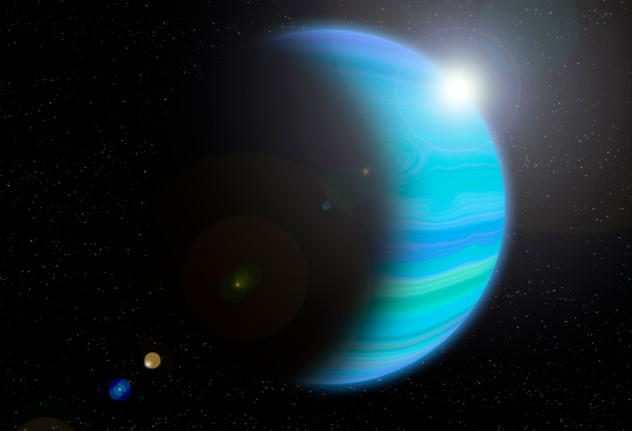
Unlike Pluto and Eris, Brown and Batygin think that Planet Nine is a full planet. Brown even told the New Yorker that the proposed body would be “more of a planet than anything else in the solar system.” After all, “what we now call planets are objects that can gravitationally dominate their neighborhood. Pluto is a slave to the gravitational influence of Neptune. By area, Planet Nine dominates more of the solar system than any other known planet—it’s only because of this that we can infer its existence. And because of this we’re pretty sure it’s not a small object: it’s at least ten times more massive than Earth and five thousand times more massive than Pluto.”
And its predicted size tells us something important about its physical makeup. The bigger a planet gets, the thicker its atmosphere becomes, as it accumulates more and more gaseous elements in a process known as core accretion. This is thought to be why rocky planets like Earth and Mars can only reach a certain size before they become a gas giant, like Jupiter or Saturn. Ice giants seem to be a kind of in-between: their atmospheres are thick and made mostly of the same stuff as gas giants, but they’re nowhere near as big.
Planet Nine’s size, larger than any rocky planet, yet smaller than any gas giant, suggests that it may fall into this odd category. Scientists are divided as to how ice giants form, with most models causing problems for more accepted models of how gas giants form. As a result, ice giants remain the subject of hot debate in the scientific community, so a confirmed ninth plant could provide a wealth of new information on these planetary oddballs.
8It‘s An Unbelievably Long Way Away
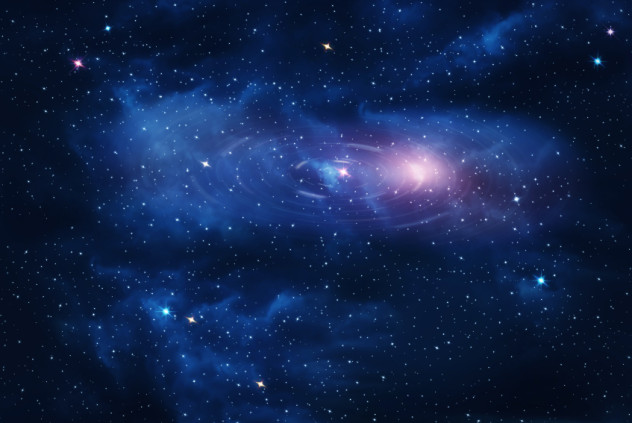
Even in astronomical terms, Planet Nine is staggeringly far away—its average distance from the Sun is 56 billion miles, over 20 times the distance from the Sun to Neptune, the most distant of the current planets. To put it another way, NASA’s New Horizons probe, which recently reached Pluto after a journey of nine years, would have taken at least 54 years to reach Planet Nine. And that’s a best-case scenario, calculated for Nine’s closest approach to the Sun. Reaching Nine during the most distant phase of its orbit could take up to 350 years. Of course, those are both hypothetical scenarios, since New Horizons can’t carry enough fuel to reach Nine anyway.
This incredible distance could help explain why nobody has noticed Planet Nine until now. Based on their calculations, Mike Brown and Konstantin Batygin think that their hypothetical planet would actually be visible through most backyard telescopes—but only when its orbit brings it relatively close to Earth. Since nobody has noticed Planet Nine in their backyard yet, we can presume that it’s currently at a more distant point in its orbit, although Brown and Batygin still think it should be possible to detect with extremely powerful observatory telescopes.
7It Takes A Ridiculously Long Time To Orbit The Sun
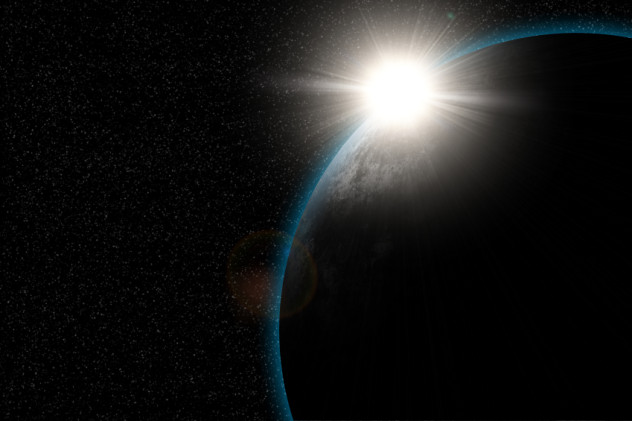
But don’t rush out and buy a backyard telescope in the expectation that Planet Nine will be swinging by any time soon. The exact length of time it takes the proposed new planet to complete its orbit isn’t yet clear, but Brown and Batygin think it would need a minimum of 10,000 years. And that’s a conservative estimate: Fatty’s mind-boggling distance from its parent star, combined with its somewhat eccentric elliptical orbit, means that it could take as long as 20,000 years to complete a single journey around the Sun. That would be by far the longest orbital period of all the planets.
As is often the case with astronomy, the size of the numbers involved can make it difficult to visualize exactly what that means. Put another way, if the lower figure of 10,000 years is accurate, then the last time Planet Nine was in the same place it’s in now, woolly mammoths were still walking the Earth and the human population numbered a mere five million. All of recorded history, from the rise of agriculture to the invention of the iPod, could have taken place within a single year on Planet Nine, where seasons last for centuries. It sounds crazy, but in a solar system where a day could already last longer than a year on some planets, it just about makes sense.
6It May Have Been A Lot Closer At One Point
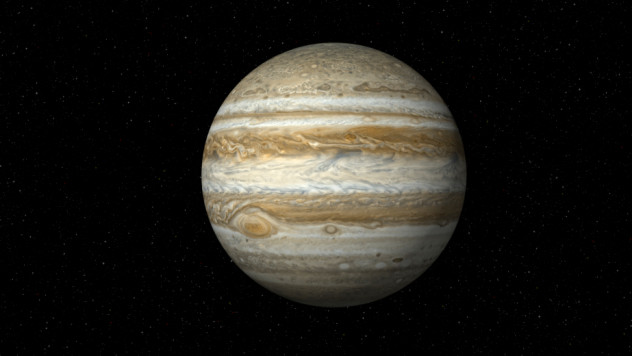
The extreme remoteness of Planet Nine sets it apart, literally and figuratively. The comparative distance almost makes the rest of the solar system look like a small, cozy neighborhood, with Planet Nine as the strange hermit who lives out in the woods. This may not always have been the case though, and, as usual, we can probably blame the whole thing on the solar system’s favorite hulked-out bully, Jupiter.
Back in 2011, scientists began to wonder why our solar system seemed to lack a fifth “giant” planet, something that many other systems seemed to have. One possible explanation is that Jupiter may have captured this other planet in its immense gravitational field when the solar system was still quite young. As a result, the poor fifth giant would have been pulled out of the Sun’s orbit and flung out into the farthest reaches of the solar system. We can’t be sure yet that this is what happened to Planet Nine, but the discovery of a giant planet lurking around the furthest reaches of the solar system is certainly a boost to the theory.
5It Could Aid Interstellar Travel
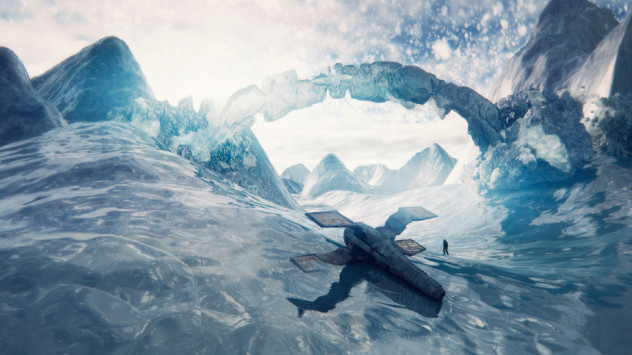
The problem with space is that it’s very, very big. So naturally one of the greatest obstacles to interstellar exploration is that we simply don’t have enough fuel to get anywhere in a reasonable amount of time. After all, on the highway of space, there are no rest stations, and certainly no places to refuel. Planet Nine could solve that. In the same way that the Apollo 13 astronauts used the Moon’s gravity to slingshot them back toward Earth, future space explorers could use Nine’s huge gravitational pull to accelerate their spacecraft to greater speeds, propelling them further into the void. This process, known as a “gravity assist,” has been pulled off by NASA multiple times, with probes such as Voyager and New Horizons both using Jupiter’s gravity to shoot them toward the outer reaches of our solar system. So we should be able to do the same with Planet Nine.
Well, in theory anyway. Planets like Jupiter whirl around in a comparatively speedy orbit, allowing NASA to time their gravity assists to point their spacecraft in the right direction. But Planet Nine’s 10,000-year orbit means it essentially just sits in the same spot for hundreds of years. So it would really only be useful for going in certain directions, which might not be where we want to go. Additionally, if Nine is a low-density planet like Neptune, the boost from such a slingshot would be fairly small. Still, the idea can’t be ruled out until we learn more about the new planet itself.
4Conspiracy Theorists Are Claiming It Could Spell Doom . . .
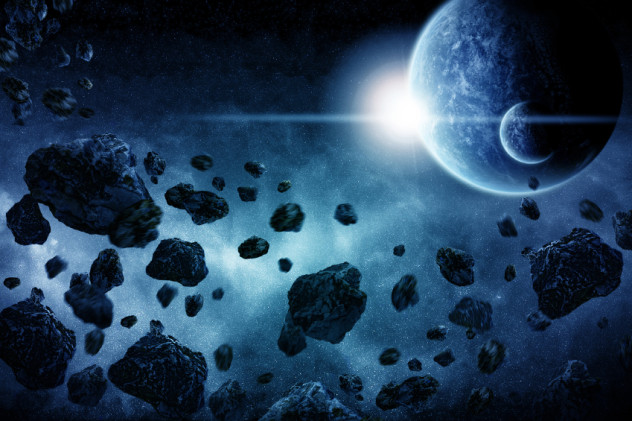
It seems like every time a new discovery is made in our solar system, various conspiracy theorists trip over themselves to declare it a potential harbinger of the apocalypse. Asteroids tend to take the brunt of this, with Apophis, TV135, 2014 YB35, and many others supposedly all poised to slam into the Earth and devastate humanity.
Planet Nine is no different. Almost immediately after it was discovered, Internet prophets of doom proclaimed that it was in fact Nibiru, also known as Planet X (a joke which hasn’t made sense since Pluto was removed as Planet IX). If the conspiracists are to be believed, Nibiru is a mythical “planet of death” whose existence has long been concealed by the powers that be, since it will one day pass close enough for its gravitational effects to unleash apocalyptic earthquakes and tsunamis upon an unsuspecting Earth.
Admittedly, it’s not exactly clear how Planet Nine could do that from its orbit in the furthest reaches of the solar system, but let’s not let science get in the way of a good conspiracy.
3 . . . And There’s A Very Small Chance They’re Right
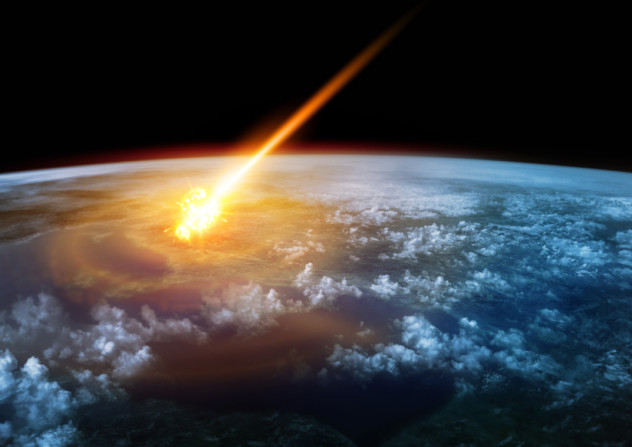
The more intelligent doomsayers claim that Planet Nine’s gravity well might slingshot asteroids toward the Earth, resulting in potentially devastating meteor strikes. Scientifically, this theory carries more weight: the gravitational effects of Planet Nine (or whatever’s out there) are documented. After all, Fatty was hypothesized in the first place because of the apparent effects of its gravity well on small, rocky objects. So it’s within the realm of possibility that one or two of those objects could slingshot their way toward Earth.
But it’s still not all that likely—remember that space is still very, very big. Even after an object was thrown back toward our neighborhood, it would still have to actually hit Earth, instead of just continuing on into the vast, surrounding emptiness. It’s possible, but it’s far from likely. Astronomer Scott Sheppard has said that Planet Nine could “throw a few small objects into the inner solar system every so often, but [won’t] significantly increase the odds for a mass extinction event.”
2It Might Not Exist!

Before we all get carried away and start firing Matt Damon at the Kuiper Belt, let’s sound a note of caution. Planet Nine is, at present, the best hypothetical explanation for the unusual clustering behavior of the icy objects beyond the orbit of Neptune. Even the astronomers who discovered it are keen to play it safe and manage their expectations. According to Mike Brown, it’s entirely possible that the clustering could be nothing more than a remarkable freak coincidence.
In fact, freak coincidences have a long history in astronomy. At the start of the 20th century, Percival Lowell announced that Neptune’s orbit was altered by the gravitational pull of a previously undiscovered giant planet. In 1930, Clyde Tombaugh discovered Pluto right where Lowell had predicted. But in the 1970s, astronomers realized that Pluto was actually tiny and couldn’t change Neptune’s orbit. In fact, there wasn’t a planet altering Neptune’s orbit at all. Lowell’s calculations were simply based on incorrect data and it was a huge coincidence that Pluto was right where he had suggested it was.
So, exciting as it is, bear in mind that Planet Nine has not yet been observed and it remains possible that it may not actually be out there.
1But It Probably Does
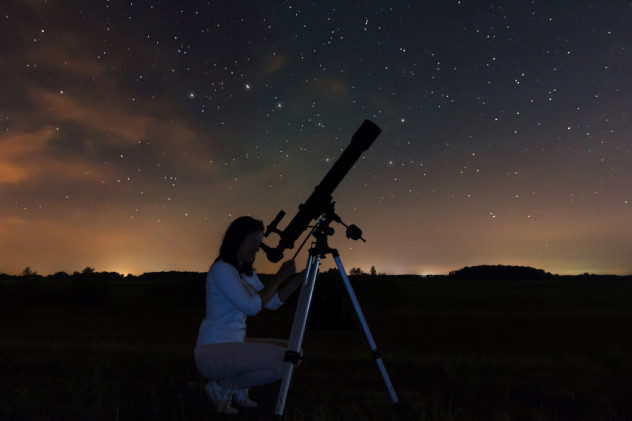
That being said, the likelihood of the clustering behavior being a coincidence is calculated at a mere 0.007 percent. As far as we know, there’s nothing else out there with sufficient mass to perturb the orbit of objects in such a way. That doesn’t mean that it’s definitely a planet, but scientists have few plausible alternate explanations. Additional planets have been hypothesized in the past, but as astrophysicist Chris Lintott told the Guardian, Brown and Batygin’s theory is by far “the most detailed and most convincing analysis.”
Even as this article is being written, more information is coming to light; Batygin and Brown are already predicting more objects lurking somewhere out there, too far away to be spotted by conventional means, but circling the Sun just the same. And even if Planet Nine turns out not to exist, all the hype will still have been an incredible reminder of the sheer wonder and mystery of space.
Patrick Coton is a writer from England.







